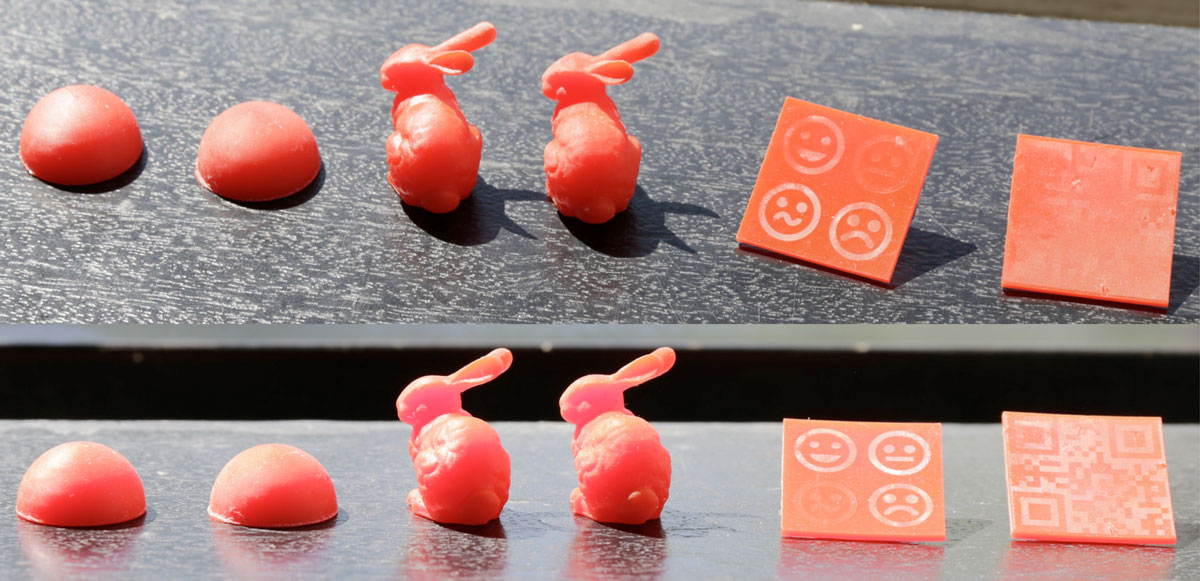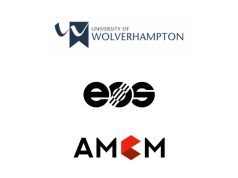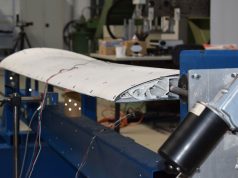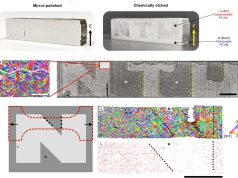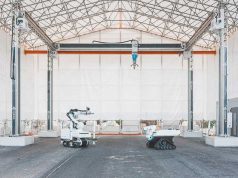Researchers from the Technical University of Denmark improved DLP 3D printing by fabricating microfeatures and patterns by controlling subvoxel growth. The one-step process uses greyscale patterns to modify the roughness and surface appearance of a print without changing materials or applying postprocessing.
The print resolution of a DLP printer depends on the quality and precision of the projector, the micromirrors and the building plate and usually lays between 15 and 100 µm. The for the printing process needed slices of the geometry generates spatial aliasing along the edges of the layers which are visible in the form of pixelated boundaries. To improve the roughness and surface appearance, the researchers modulated the UV light intensity of a DLP projector with greyscale images. The greyscale pattern was produced by a smooth irregular noise function with low amplitude and made the surface smoother and removed the majority of the staircase aliasing artefacts introduced by the layered printing process. As the amplitude increased, the specular highlight became less visible, and the surface appeared to be more diffuse.
The team published their findings under the title ‘Microstructure Control in 3D Printing with Digital Light Processing’.
Subscribe to our Newsletter
3DPResso is a weekly newsletter that links to the most exciting global stories from the 3D printing and additive manufacturing industry.



